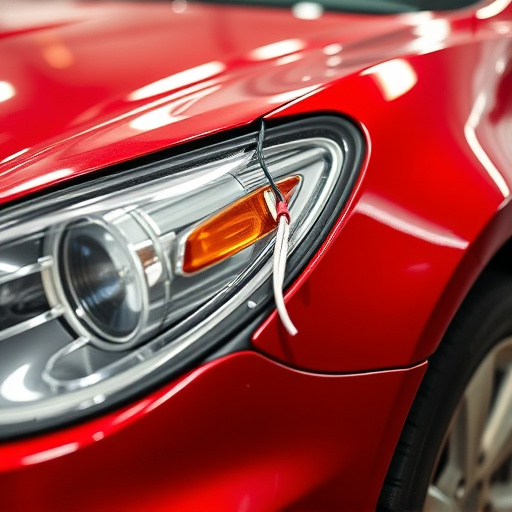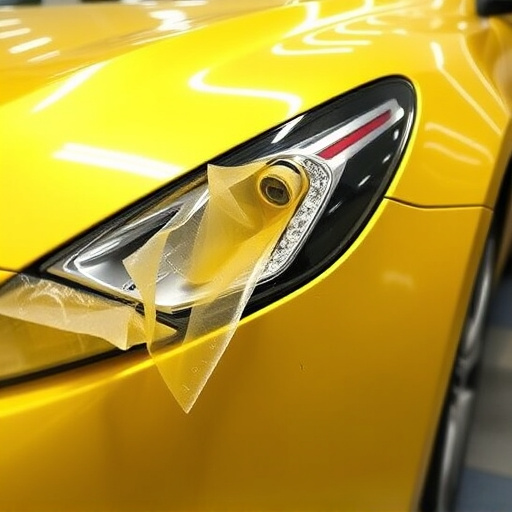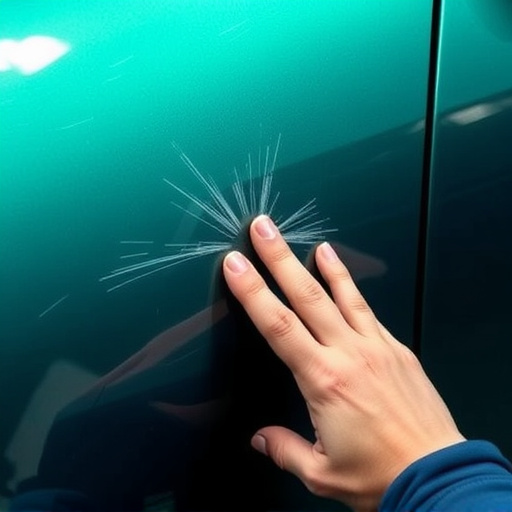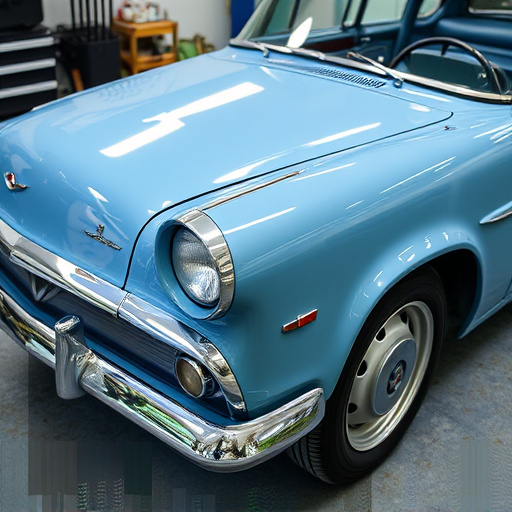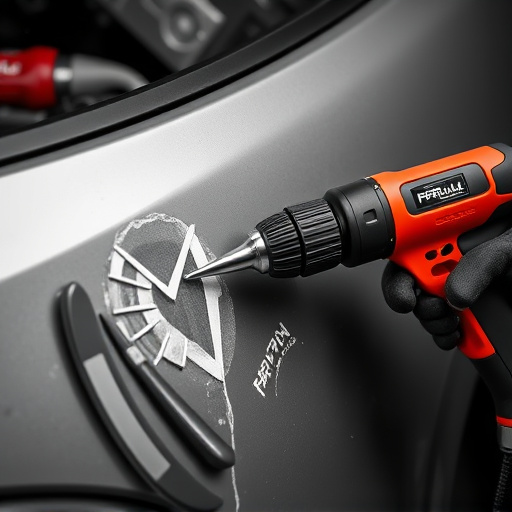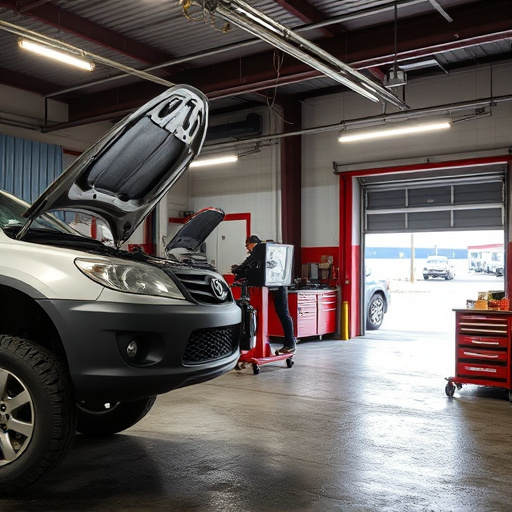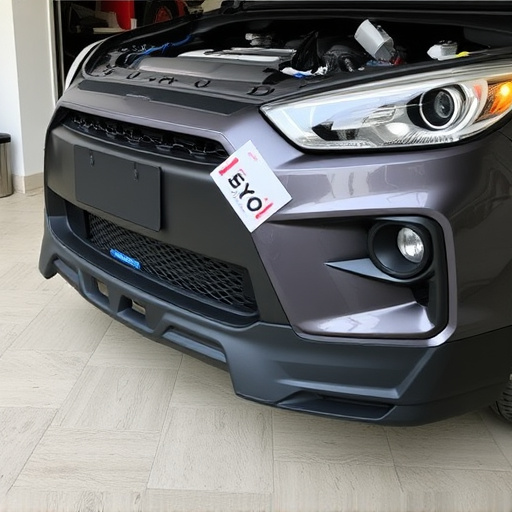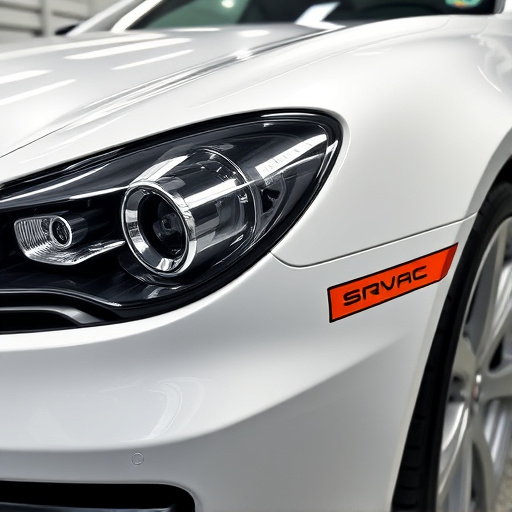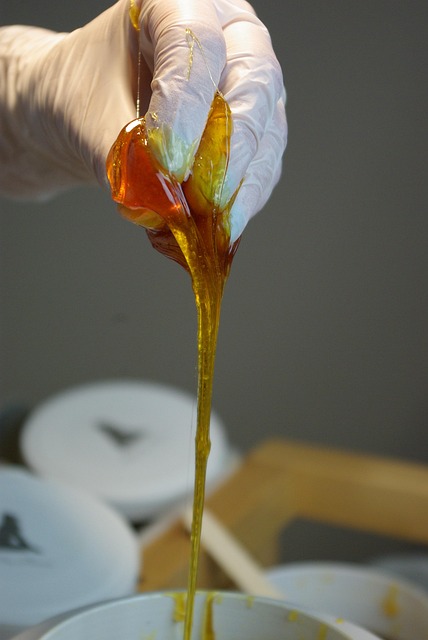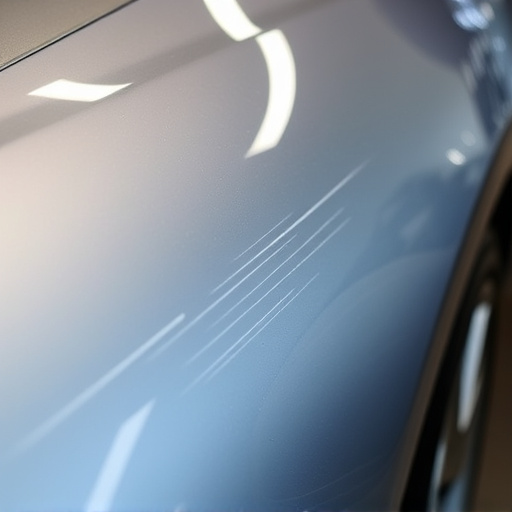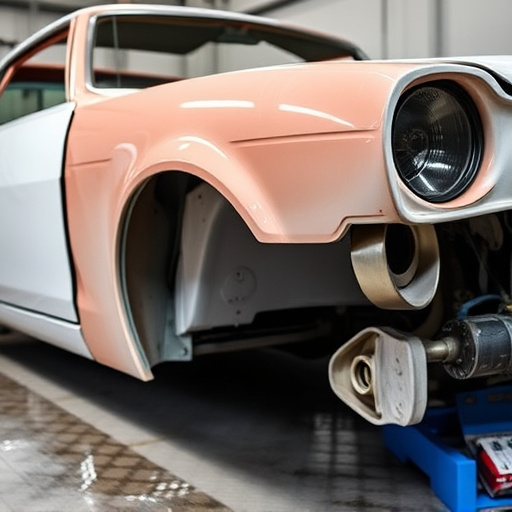Safety glass, including laminar and tempered varieties, is essential for vehicle occupant protection. When replacing damaged safety glass, especially in luxury cars like Mercedes Benzes, professional tools, knowledge, and precision are vital to maintain structural integrity, safety features, and aesthetic appeal, adhering to factory specifications.
Safety glass replacement is an essential aspect of modern vehicle maintenance, ensuring passenger protection and enhanced structural integrity. This comprehensive guide delves into the process of installing safety glass, from understanding its types and benefits to preparing for and executing the replacement. Armed with the right tools and precautions, you’ll learn a step-by-step approach to ensure a secure and effective installation, keeping you and your passengers safe on the road.
- Understanding Safety Glass: Types and Benefits
- Preparing for Replacement: Tools and Precautions
- Step-by-Step Guide: Installing Safety Glass in Vehicles
Understanding Safety Glass: Types and Benefits
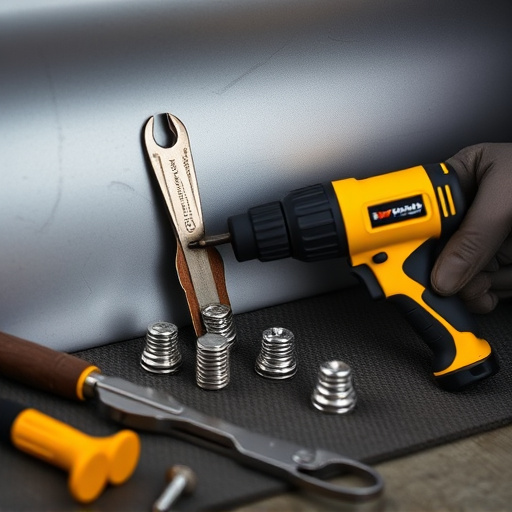
Safety glass is an essential component in modern vehicles, designed to protect occupants and enhance overall vehicle safety. It’s more than just a standard window pane; it’s engineered to meet strict impact resistance standards. Understanding the different types of safety glass and their benefits is crucial when considering its application or replacement.
There are primarily two types: laminar and tempered glass. Laminar safety glass, also known for its use in windshields, consists of multiple layers, with an interlayer that bonds them together. This makes it extremely durable against shattering, minimizing the risk of sharp fragments during a collision. Tempered glass, on the other hand, is strengthened through heat treatment, making it up to five times stronger than conventional glass. It’s commonly used for side and rear windows, offering superior impact resistance and reducing the severity of injury in case of breakage. Both types contribute significantly to fleet repair services and vehicle repair by ensuring driver and passenger safety, a critical aspect in today’s automotive industry. When a safety glass replacement is needed due to damage like dents or cracks, it’s essential to seek professional assistance to maintain optimal vehicle safety.
Preparing for Replacement: Tools and Precautions
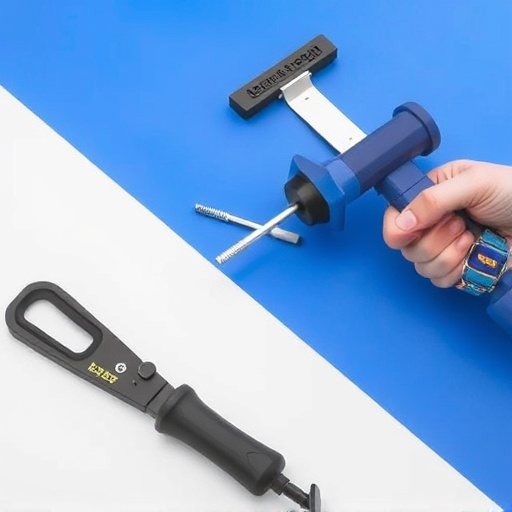
Before attempting any safety glass replacement, whether it’s for a damaged window or post-accident repair, make sure to gather the necessary tools and take proper precautions. This includes wearing protective gear such as safety goggles and gloves to prevent injuries from shattered glass. Ensure you work in a well-ventilated area, especially when handling chemicals like degreasers and sealants.
For luxury vehicle repair, like those found in Mercedes Benz models, accuracy is paramount. Incorrect installation can compromise the structural integrity of the vehicle and pose safety risks. It’s crucial to have detailed knowledge or seek professional help for complex models. Remember, a fender bender or minor collision can often be an opportunity for meticulous replacement, ensuring your luxury vehicle retains its safety features and aesthetic appeal.
Step-by-Step Guide: Installing Safety Glass in Vehicles
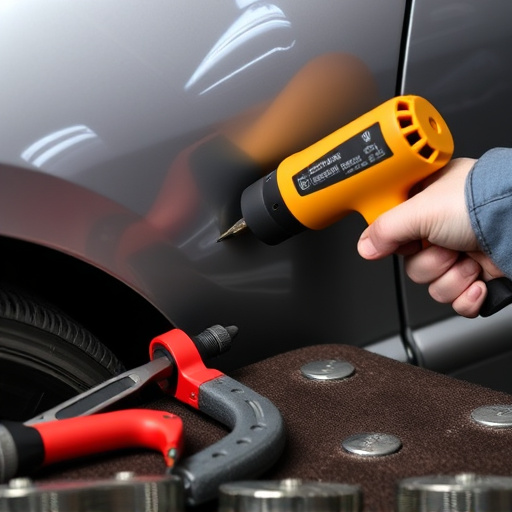
Installing safety glass in vehicles is a precise process that requires attention to detail. Here’s a step-by-step guide for a successful safety glass replacement:
1. Preparation: Begin by thoroughly cleaning and inspecting the damaged area, whether it’s a cracked windshield or a shattered side window. Remove any debris or foreign objects stuck within the glass. At an auto collision center or car body shop, professionals have access to specialized tools that make this task easier.
2. Measure and Cut: Accurately measure the dimensions of the broken piece using a ruler or measuring tape. Then, cut a new piece of safety glass to match these measurements. Cutting is typically done with a high-pressure water jet at the shop’s facility to ensure precision and safety. This step demands utmost care to align with the vehicle’s factory specifications, ensuring structural integrity.
Safety glass replacement is not just a technical process but a vital step in maintaining modern vehicles. By understanding the types and benefits of safety glass, preparing adequately, and following a structured guide, car owners can ensure their vehicle’s window glass is both secure and protective. This knowledge empowers individuals to take control of their safety and makes them more adept at addressing potential issues with their vehicle’s windows. Remember, a well-installed safety glass can significantly enhance driving comfort and security.
